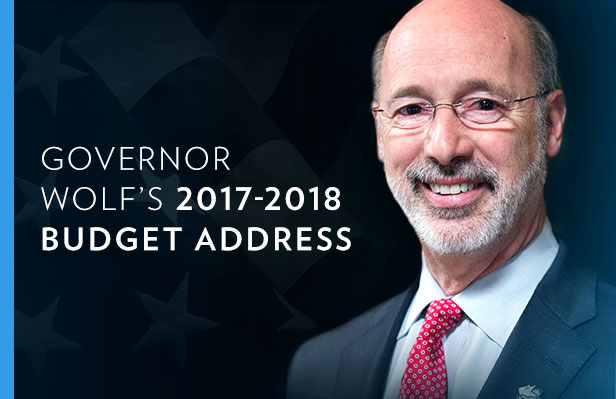Media

When a Spending Increase Is a Massive Cut
Last June, the Pennsylvania legislature passed a $31.53 billion General Fund budget. In February, Gov. Wolf proposed a $32.34 billion budget.
This $800 million increase has actually been labeled “huge spending cuts” by one capitol reporter. How can this be?
The “cuts” are a reference to Gov. Wolf’s claim of $2 billion in proposed savings. But this estimate greatly exaggerates total savings for taxpayers. To be certain, the governor did propose legitimate cost-saving measures. But some of the $2 billion would have been new revenue. The $2 billion figure also includes “savings” from spending less than projected. In other words, a cut in the rate of spending growth
Indeed, Wolf’s budget proposal includes $234 million in “supplemental appropriations” for the current year—that’s spending above what the legislature passed in June. Yet he counts this as “savings” because at one point the administration thought the cost overruns would be higher.
A large amount of the savings—$309.5 million to be precise—is moving spending offline. Gov. Wolf proposed funding $200 million in debt payments by leasing the Farm Show Complex and awarding approximately $110 million in grants through bonds issued by the Commonwealth Financing Authority. Not only are these not cuts in spending, but they should be included in the budget numbers—as our chart does—to accurately represent the spending increase.
In reality, Gov. Wolf’s proposal represents more than a $1 billion spending increase, and even the House budget passed last week represents an increase in actual General Fund spending.